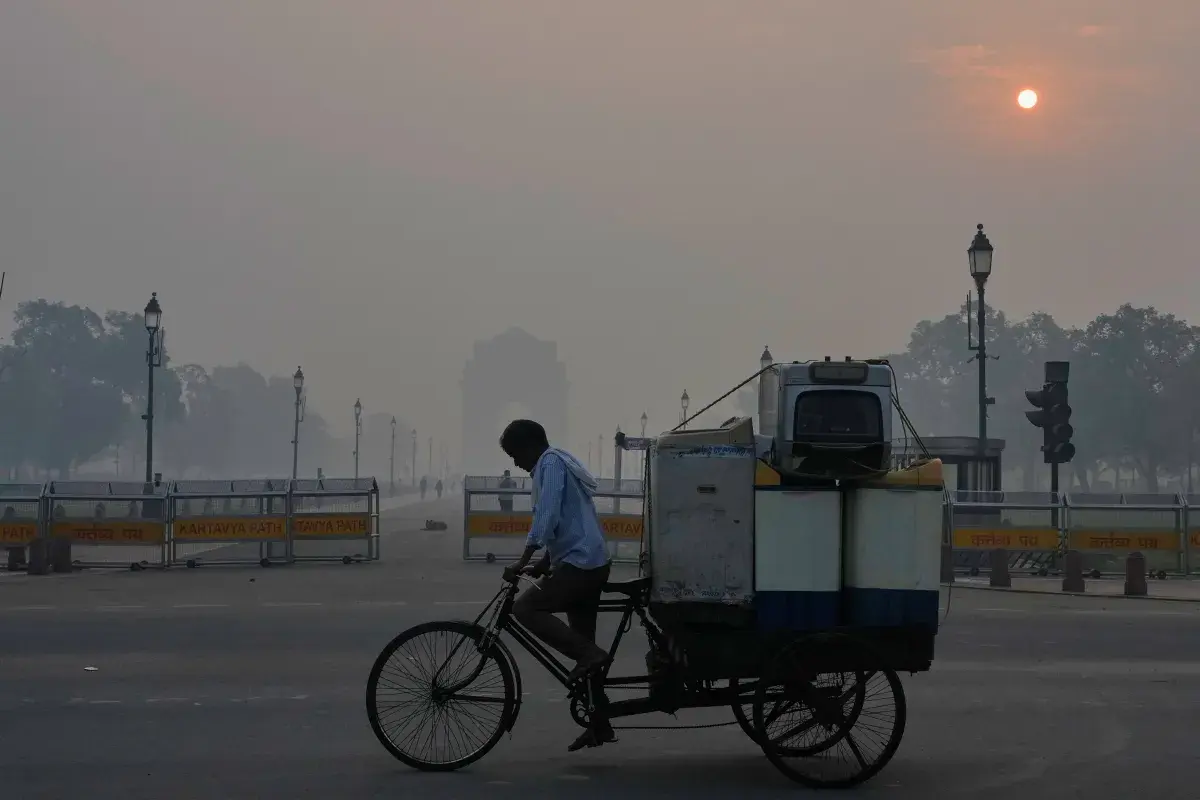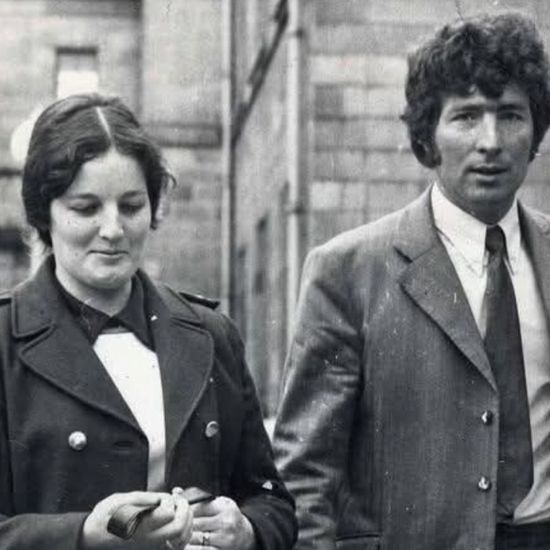Copyright news18

When a child gets hurt at home, or someone cuts their hand while working in the kitchen, the first thing sought is often a medicine that will stop the wound from bleeding and provide relief. This common household product is Dettol. Dettol is a staple in every home, embodying trust. The company, over 100 years old, began in 1840 in a small town in England. Isaac Rackett ran a flour mill. Despite low profits and many challenges, Rackett persevered. He observed that people neglected cleanliness. Rackett envisioned creating something that would simplify cleaning. He founded Rackett & Sons, selling starch, indigo, and cleaners of exceptional quality. By the 1880s, the company had become a household name, integral to home health. In 1929, Dr. William Reynolds joined the company. At that time, diseases were believed to be internal. Reynolds argued that external infections, especially post-childbirth, caused puerperal sepsis in women, leading to millions of deaths. Though disinfectants existed, they had strong smells and posed risks of skin irritation and cancer. Reynolds embarked on a mission to develop a powerful yet safe antiseptic. After months of research and extensive testing, he finally developed Dettol. In 1933, trials at Queen Charlotte’s Hospital in London showed remarkable results, reducing sepsis cases by 50% within two years. Initially available as a prescription product in pharmacies, Dettol soon became accessible to the public. By the 1930s and 1940s, it reached Australia, New Zealand, South Africa, and Canada. In 1936, Dettol arrived in India, where neem and turmeric were trusted remedies. Dettol was viewed as an English medicine, and rural doctors seldom used it, but the company launched campaigns providing samples to doctors. In 1939, during World War II, soldiers were dying from infections, and Dettol emerged as a frontline hero. The British government included Dettol in essential supplies. After the war, it became a household name in Europe and gained the trust of the Indian people. The first factory opened in 1945, and by 1980, 65 million people were using Dettol. In 1999, Reckitt merged with Benckiser. Dettol soap, handwash, and cleaner were launched in the 1990s, and demand soared during COVID-19. The Salutes campaign highlighted its use, from delivery personnel to nurses’ supplies. By showcasing the emotional bond between mothers and children, Dettol integrated cleanliness into daily life. For the full year of 2024, Reckitt Benckiser Group PLC reported total net revenue of £14,169 million (approximately $18.2 billion). Today, Dettol remains prevalent in Indian households. The company’s significant effort has been to promote hygiene awareness in rural India by partnering with PM Modi’s Swachh Bharat Abhiyan.



